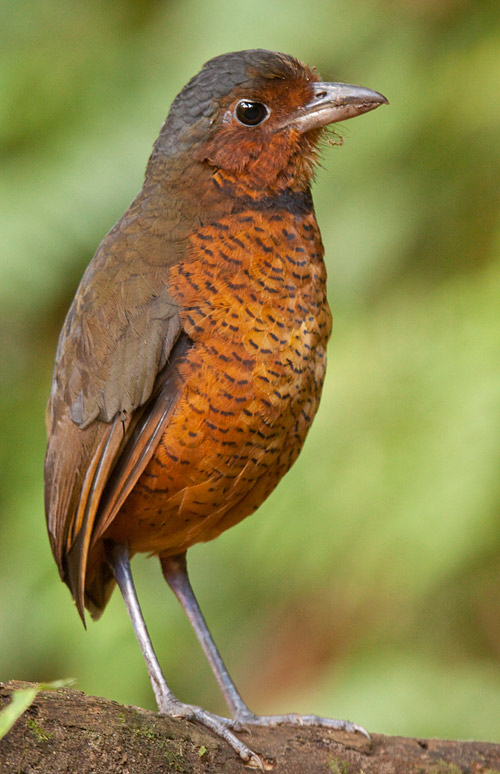
Grallaria gigantea
TAXONOMY
Grallaria gigantea Lawrence, 1866.
OTHER COMMON NAMES
French: Grallaire gйante; German: Riesenameisenpitta; Spanish:
Chululъ Gigante.
PHYSICAL CHARACTERISTICS
One of the largest birds in family; 9.5 in (24 cm), with a black
iris and tan eye-ring, heavy bill, and very short tail.
DISTRIBUTION
Sporadic, local
DISTRIBUTION
on the western slopes of the Andes
Mountains in southwestern Colombia and western Ecuador.
HABITAT
Between 7,200 to 9,850 ft (2,200–3,000 m) in montane primary
and mature secondary forest, and sometimes in rough pasture
near forest.
BEHAVIOR
Nonmigratory pairs defend a breeding territory. Song of males
is a series of quavering notes lasting about five seconds.
FEEDING ECOLOGY AND DIET
Forages for insects and other arthropods on or very close to
the ground.
REPRODUCTIVE BIOLOGY
Monogamous pairs bond for life, typically lay two eggs, and
share incubation and care of nestlings and fledglings.
CONSERVATION STATUS
Endangered. Very rare species surviving in only a few, isolated
populations. Its surviving critical habitats must be protected
against damages caused by economic development.
SIGNIFICANCE TO HUMANS
No direct significance, except for the indirect economic benefits
of bird-watching and ecotourism.
Photo Gallery of - Giant ant-pitta
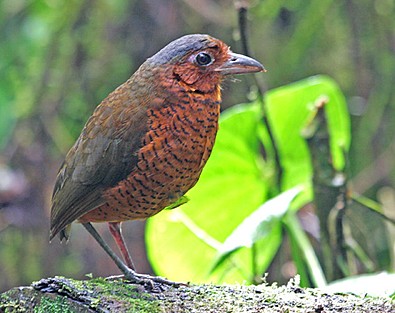
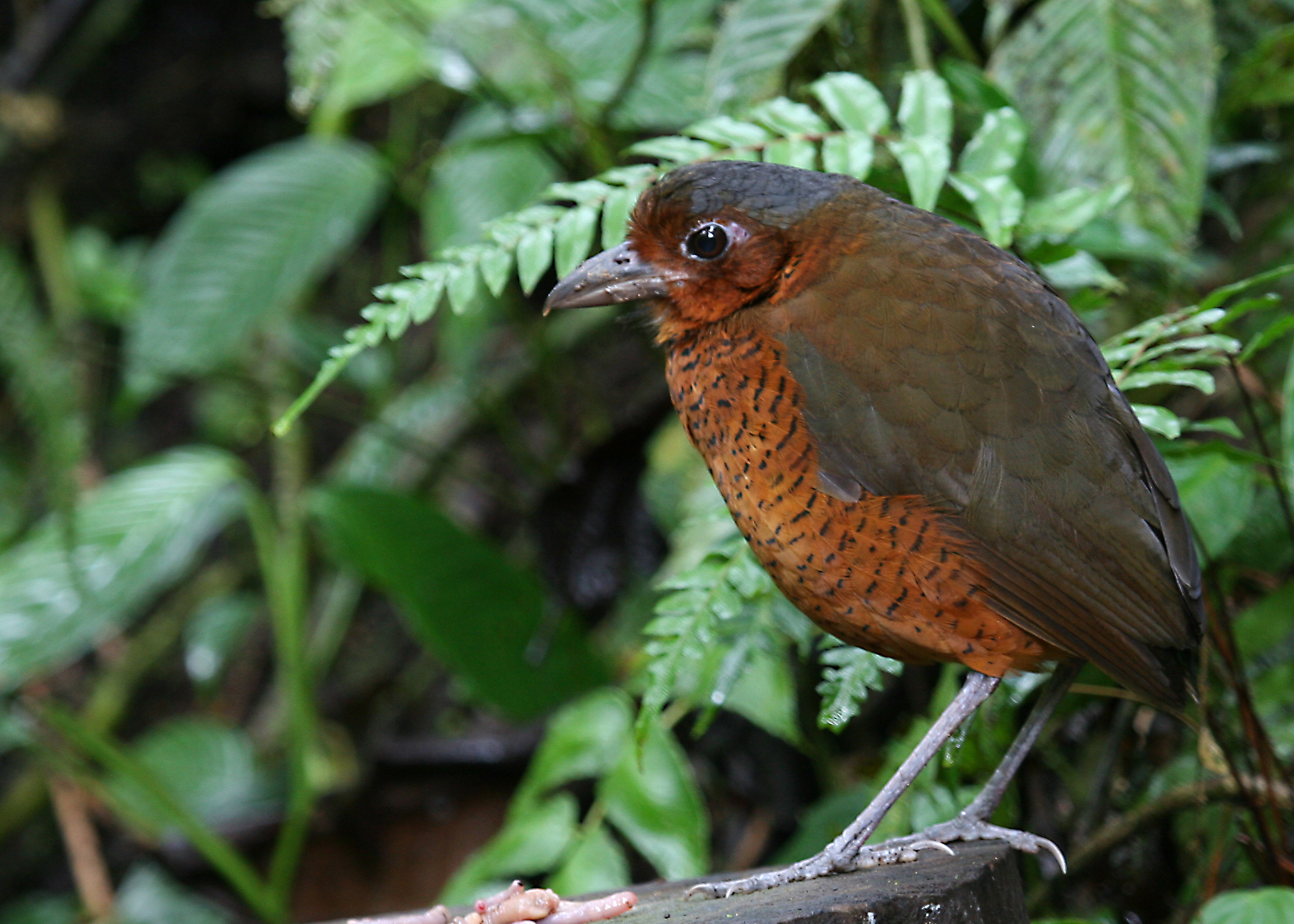
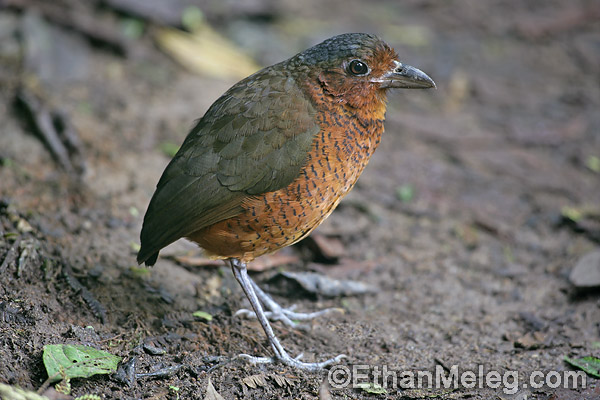
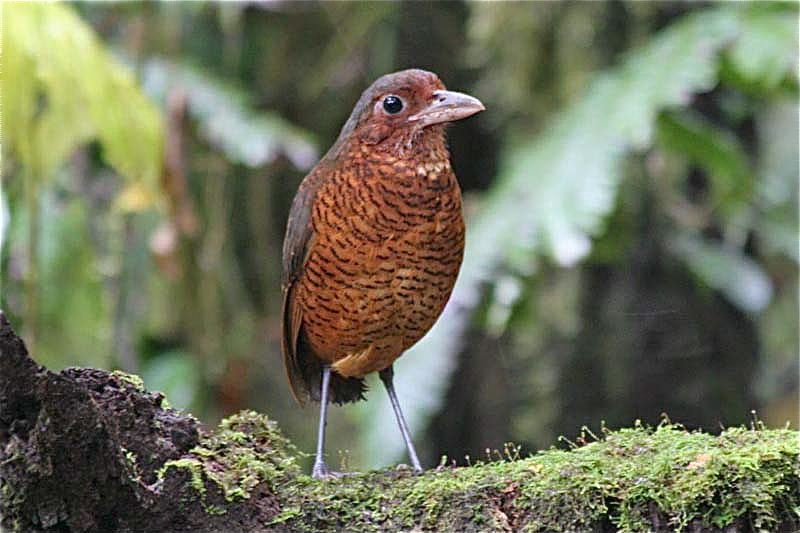
 Animalia Life
Animalia Life